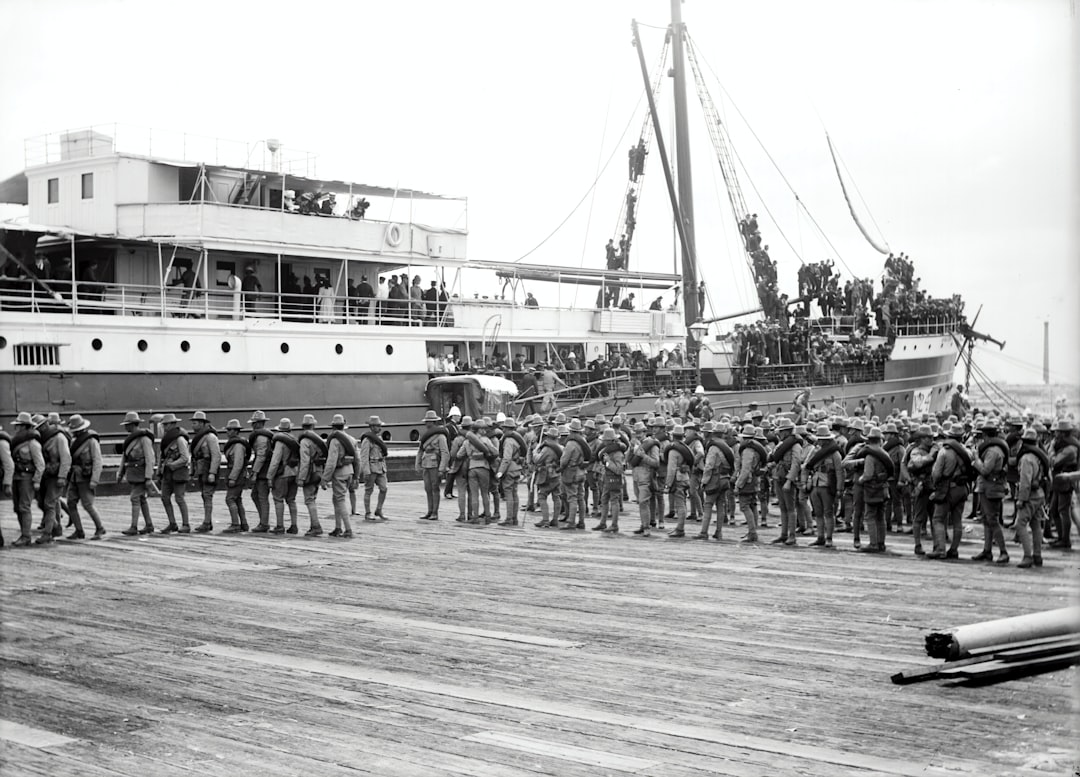Geopolitics and Markets Review – 25th September 2023
The Landscape of the Korean Peninsula – Part 2
Contents:
1) The History of The Korean Peninsula
2) The Korean War
3) North Korean Relationship With China
4) Takeaways From Russia-North Korea Meeting
5) Russia-North Korea Historical Relations
6) North Korean Isolationism
7) U.S. Forced Isolationism On China vs. China Choosing To Isolate
8) Hot War or Tit-for-Tat?
9) Communication
10) Concluding Remarks
11) Other News

The History
For a historical account of the Korean Peninsula prior to World War Two, look back at last week’s piece where I discuss the Japanese colonization of the Korean Peninsula. Post World War Two, the Japanese defeat saw the Korean Peninsula split in two. A communist North Korea occupied by the Soviet Union, and a capitalist South Korea backed by the United States. These tensions escalated into the Korean War, which also acted as an early chapter in the Cold War.
This split of the Korean Peninsula was to be temporary. However, the North’s leader at the time, Kim Il-Sung, believed he could unify the Korean Peninsula under communist rule. Russia’s leader, Joseph Stalin, backed this move of uniting the peninsula by force. Syngman Rhee, the leader of South Korea, also aimed to unite the peninsula and was strongly anti-communist.
Two clear sides had formed. Whether a fight between communism and capitalism, or a proxy war between the United States and the Soviet Union, the Korean War never truly ended.
Keep reading with a 7-day free trial
Subscribe to Geopolitics Explained to keep reading this post and get 7 days of free access to the full post archives.


